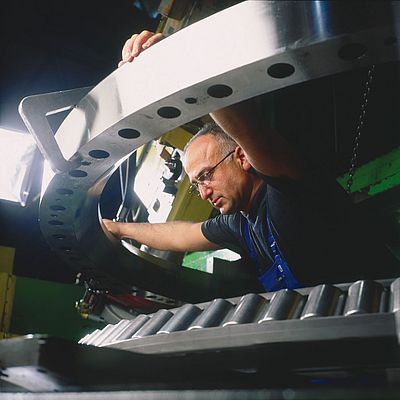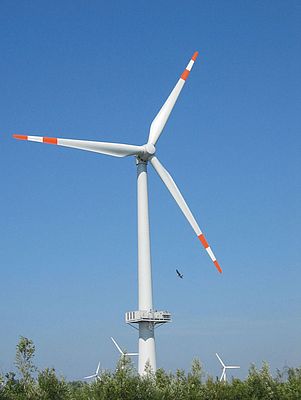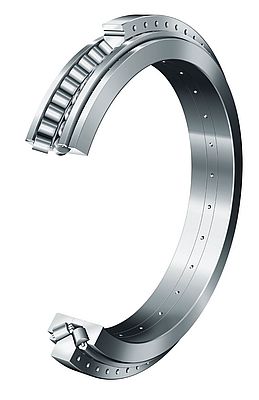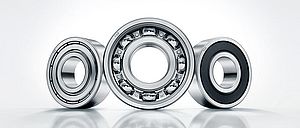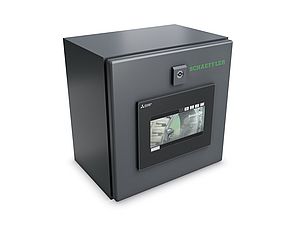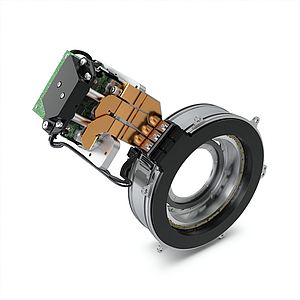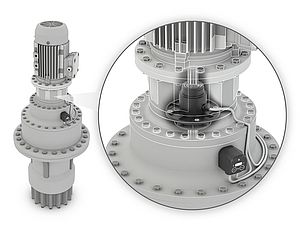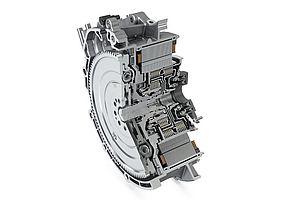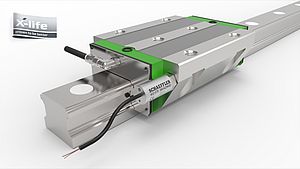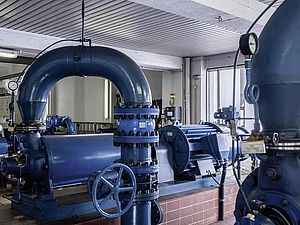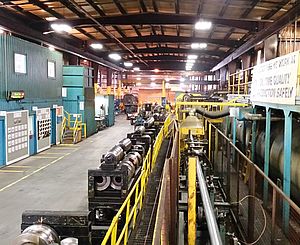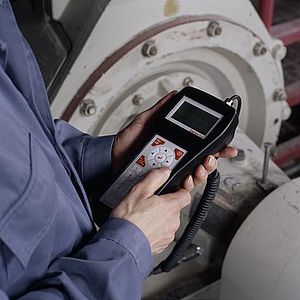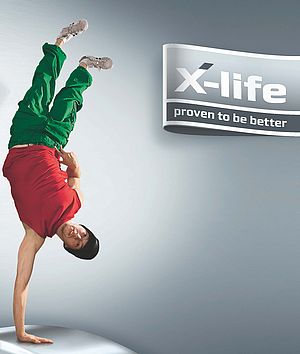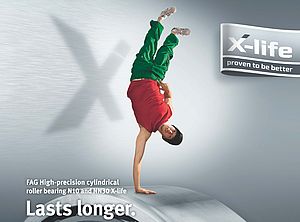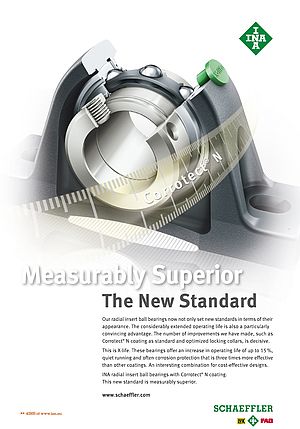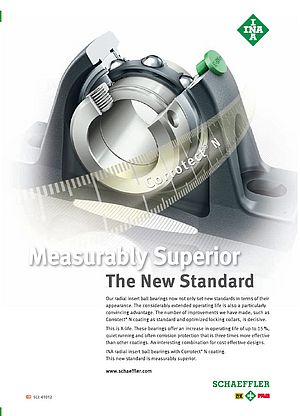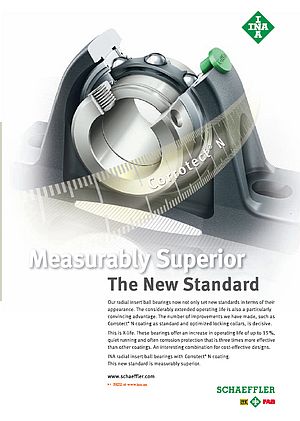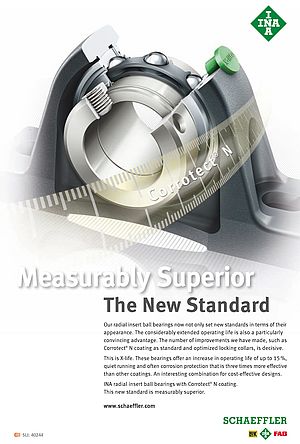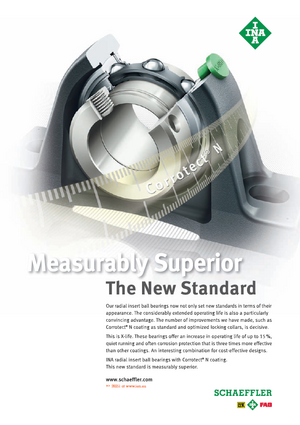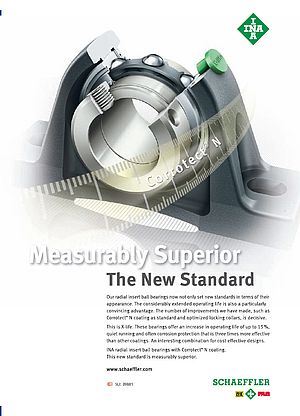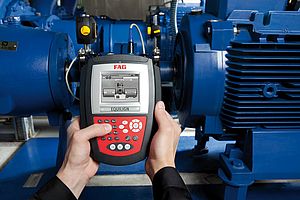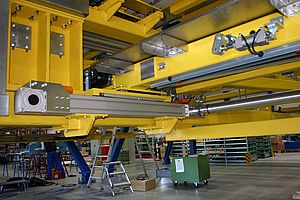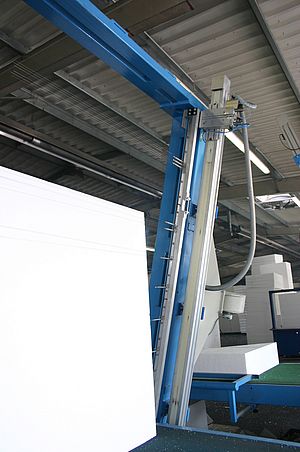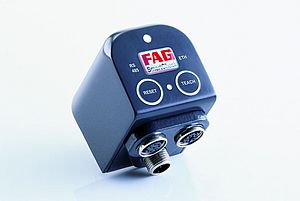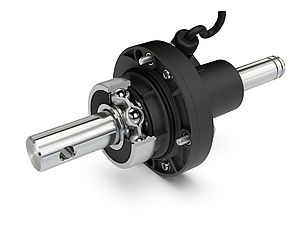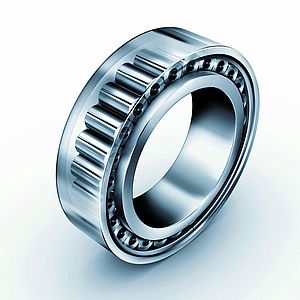The Schaeffler Group has developed a single bearing design concept for multi-megawatt wind turbine rotor shafts, which not only improves the energy efficiency and reliability of the turbine, but also eliminates drive train components, helping to reduce the overall weight of the turbine.
By using its in-house advanced rolling bearing calculation software BEARINX, in combination with Finite Element Analysis tools and multi-body simulation (MBS) models, Schaeffler's engineers can assist customers during the initial stages of wind turbine design. This helps to improve the reliability and efficiency of the turbine under a wide variety of load conditions. Schaeffler is able to develop bearing designs that are tailored to specific wind turbine requirements, including turbines for both onshore and offshore wind farms.
This combination of software enables Schaeffler to evaluate various load conditions and to accurately assess all relevant, critical load conditions for wind turbines. The use of 'moment' bearings in single bearing designs enables a high level of system integration, resulting in extremely compact, less complex wind turbine designs. The preloaded bearing also prevents the transfer of negative axial loads to the wind turbine drive train.
Trend towards single bearing designs
The trend towards large, multi-megawatt wind turbines, particularly in offshore wind farms, has led to a change in the design of bearings for wind turbines. Single bearing designs are becoming increasingly important.
With single bearings, the wind turbine rotor is supported only by a single, double row tapered roller bearing or 'moment' bearing, typically in a back-to-back arrangement that supports all forces and moments. This concept can take many different forms, for example, with a shaft and gearbox and a high-speed generator, as a hybrid solution with shortened gearbox and medium-speed generator, or as a direct drive without a gearbox.
Single bearings always result in more compact designs. For example, the wind turbine nacelle can be fully integrated with the bearing-gearbox-generator unit. This means that it is possible to eliminate drive train components and reduce weight. This in turn reduces the head weight of the wind turbine, allowing smaller foundations to be used and simplifying logistics.
Another advantage of the single bearing design is that preloaded tapered roller bearings can be utilised, which prevent axial clearance and small axial misalignments. This controlled guidance of the rotor shaft means that fewer movements act on the system, reducing the negative effects on the gearbox and generator.
Evaluation of all load conditions
Schaeffler has already implemented numerous single bearing solutions for customers, including 5MW offshore wind turbines. To engineer bearing variants for applications such as these is particularly challenging, as standard software tools cannot be used for the design and calculation of the bearing rating life. Schaeffler has therefore expanded BEARINX to include elasticity effects, which are calculated using Finite Element Methods (FEM). BEARINX can now analyse bearings including the influences of housings. Around 250 classified load cases are evaluated taking all elasticities into account, resulting in an optimal design that considers almost every conceivable critical load condition.
The results of the FEM calculations for the housing are transferred to a 'rigidity matrix' and entered into the BEARINX calculation. This matrix represents not only the elasticities at individual bearing positions, but also the influences of the elasticities from one bearing position to another. BEARINX is therefore able to perform complete rating life calculations based on the load distribution and elasticities. This means Schaeffler has a unique calculation tool for designing rotor bearings for multi-megawatt turbines.
Schaeffler supplies moment bearings that are individually designed to match the respective turbine. These bearings are supplied with classic steel pin cages or with plastic (PEEK) segmented cages. PEEK is a lightweight, high-strength plastic with low wear characteristics, which is also able to support high forces. The plastic segmented cage reduces friction and increases the efficiency of the turbine. This cage also improves the guidance of the rolling elements, whilst optimising lubricant supply. Moment bearings can also be supplied with integrated anti-corrosion protection, which is achieved by applying a zinc flame-sprayed surface coating and multi-layer painting. Special hardening processes enable custom material characteristics for integrated functions such as seals or connections to adjacent structures.



